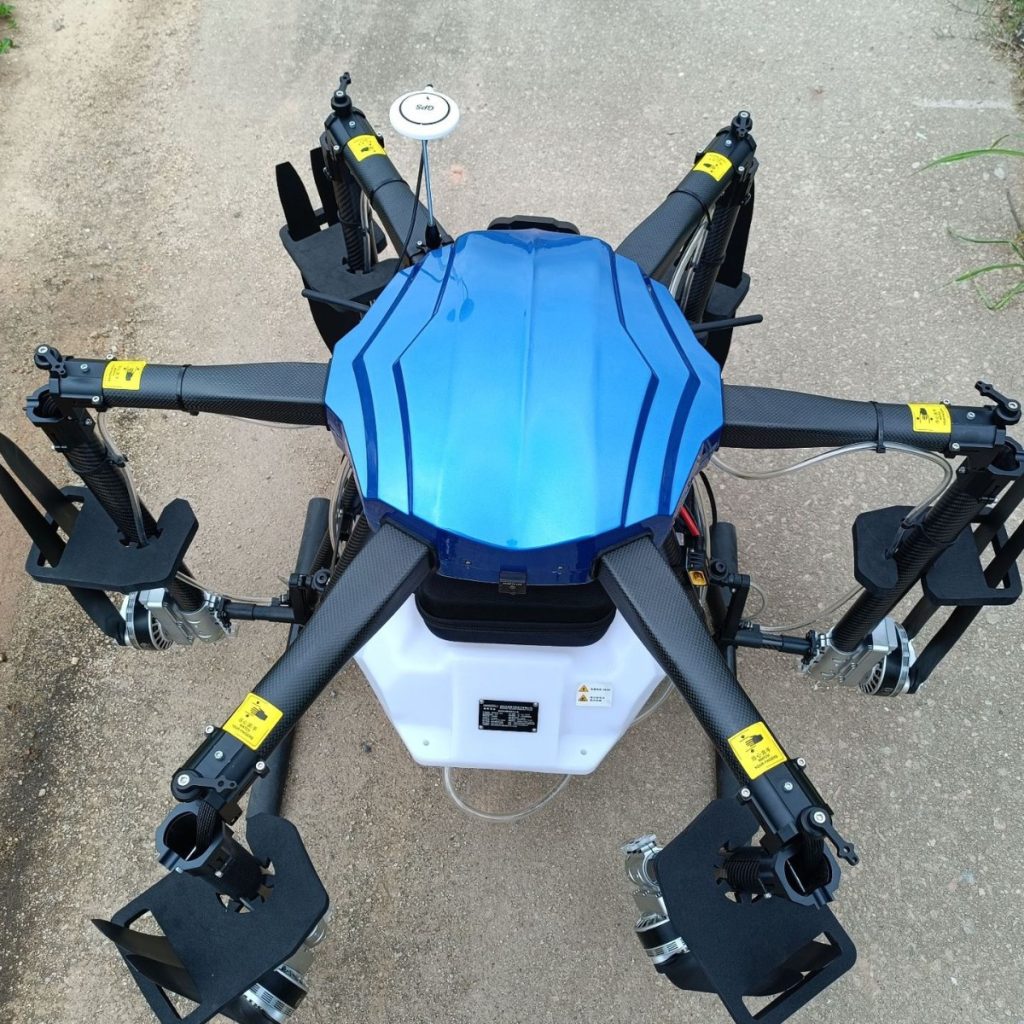
The Netherlands has long been synonymous with agricultural excellence, combining cutting-edge technology with innovative farming practices to become one of the world’s most productive agricultural nations. From the vast greenhouse complexes of South Holland to the open fields of Friesland and the dairy farms of Gelderland, Dutch agriculture is a model of efficiency, sustainability, and innovation. However, as the sector faces challenges such as labor shortages, environmental regulations, and the need to maximize output from limited land, Chinese agricultural drones are emerging as a game-changing solution. These advanced UAVs are helping Dutch farmers enhance precision, reduce costs, and meet the demands of a rapidly evolving agricultural landscape.
The Dutch Agricultural Advantage: Challenges and Opportunities
The Netherlands is the world’s second-largest agricultural exporter by value, despite its relatively small land area. This remarkable achievement is built on:
-
High-Value Crop Production: Specialized in flowers, vegetables, fruits, and dairy, Dutch farmers focus on high-output, high-efficiency operations.
-
Limited Arable Land: With only 28% of its land used for agriculture, maximizing yield per square meter is critical.
-
Labor Constraints: The sector faces a shortage of skilled workers, particularly for seasonal tasks like planting, monitoring, and spraying.
-
Strict Environmental Regulations: As a global leader in sustainability, the Netherlands enforces rigorous standards on pesticide use, water management, and carbon emissions.
To maintain its competitive edge, Dutch agriculture is turning to precision technologies—and Chinese agricultural drones are at the forefront of this transformation.
Why Chinese Drones? Precision, Efficiency, and Sustainability for Dutch Farms
Chinese agricultural UAVs have rapidly gained recognition for their advanced features, affordability, and adaptability to high-tech farming systems. For Dutch farmers, these drones offer:
1. Ultra-Precision for High-Value Crops
Dutch agriculture relies heavily on precision, and Chinese drones deliver:
-
Centimeter-Level Accuracy: GPS and RTK-guided drones ensure exact application of inputs, crucial for high-value crops like tulips, peppers, and strawberries.
-
Variable Rate Technology (VRT): Drones can adjust spraying and seeding rates in real time based on soil and crop data, optimizing resource use.
-
Multispectral & Thermal Imaging: Advanced sensors monitor plant health, detect diseases early, and assess irrigation needs—vital for greenhouse and open-field farming.
2. Labor Efficiency in a Tight Market
With a shrinking agricultural workforce, Dutch farmers need faster, automated solutions:
-
24/7 Operation: Drones can work around the clock, reducing delays in critical tasks like pest control and harvesting support.
-
Rapid Coverage: A single drone can cover 10–15 hectares per hour, drastically reducing the time needed for spraying compared to traditional methods.
-
Reduced Manual Labor: Automating repetitive tasks frees up skilled workers for higher-value activities.
3. Cost-Effectiveness for High-Input Farming
Dutch farmers invest heavily in inputs, and drones help optimize spending:
-
Precision Input Application: Minimizes fertilizer, pesticide, and water waste, lowering operational costs.
-
Lower Maintenance & Downtime: Durable, electric-powered drones require less upkeep than heavy machinery.
-
Scalable for Any Farm Size: From small family-run greenhouses to large arable farms, drones adapt to diverse Dutch farming operations.
4. Sustainability Aligned with Dutch & EU Goals
The Netherlands aims to be climate-neutral by 2050, and drones support this vision:
-
Reduced Chemical Runoff: Targeted spraying prevents excess pesticides from entering waterways, protecting the Dutch water table.
-
Zero Emissions: Electric drones produce no direct CO₂ emissions, aligning with the Netherlands’ green energy ambitions.
-
Water Conservation: Efficient application methods help Dutch farmers manage scarce resources during dry spells.
From China to the Netherlands: Seamless Integration & Support
Importing Chinese agricultural drones into the Netherlands involves compliance with EU regulations (CE marking, RED directives) and Dutch agricultural standards. Forward-thinking suppliers ensure:
-
Localized Training: Dutch-language instruction for farmers and technicians on drone operation, data analysis, and maintenance.
-
After-Sales Service: Reliable support networks in key agricultural regions (e.g., South Holland, Flevoland, and Gelderland).
-
Customized Solutions: Drones tailored for Dutch specialties—greenhouse automation, precision arable farming, and dairy farm management.
Success Stories: Dutch Farmers Embrace Drone Technology
Early adopters report significant benefits:
-
A flower grower in South Holland reduced pesticide use by 30% while improving bloom quality with targeted spraying.
-
A potato farmer in Friesland cut fungicide application time by 50%, saving labor and protecting crop yields.
-
A greenhouse operator in Westland used drones for real-time crop monitoring, detecting issues before they impacted harvests.
The Future of Dutch Agriculture: A Partnership with Chinese Drone Innovation
The integration of Chinese agricultural drones into the Netherlands’ high-tech farming sector represents a synergy between:
✅ Dutch Precision Agriculture Expertise
✅ Chinese Drone Engineering & Affordability
✅ Shared Commitment to Sustainability
As Dutch farmers continue to push the boundaries of efficiency, Chinese drones provide a smart, scalable, and eco-friendly solution—helping them grow more with less.
The future of Dutch farming is taking flight—literally. 🚁🌱
THE END

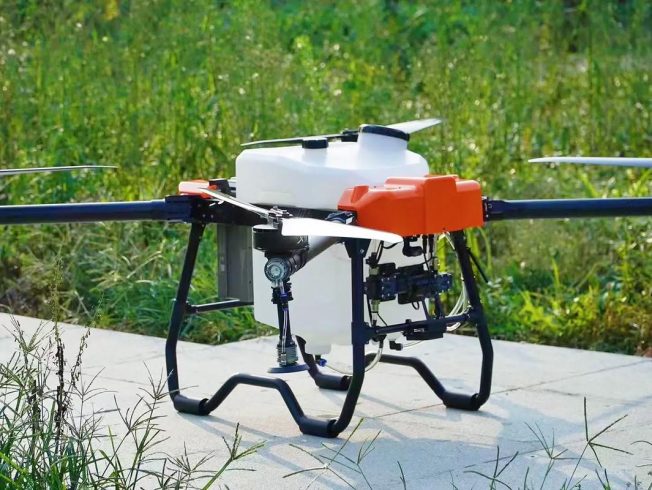
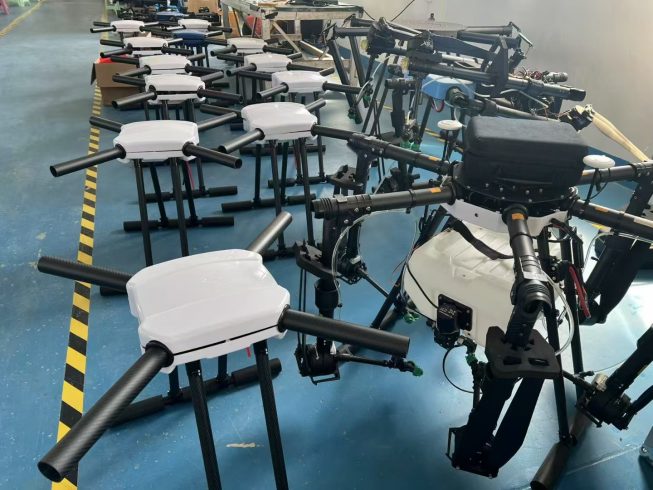
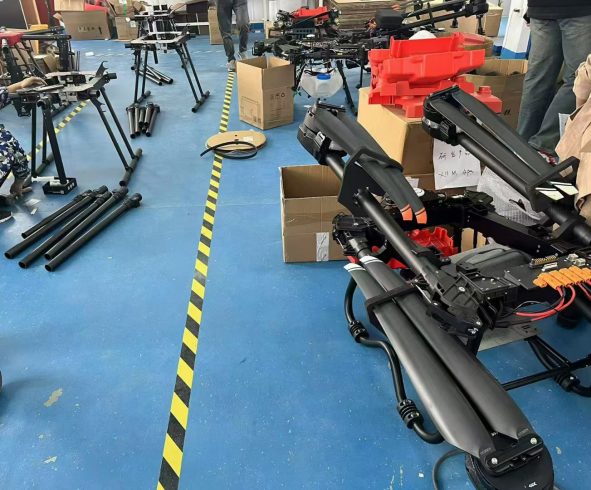
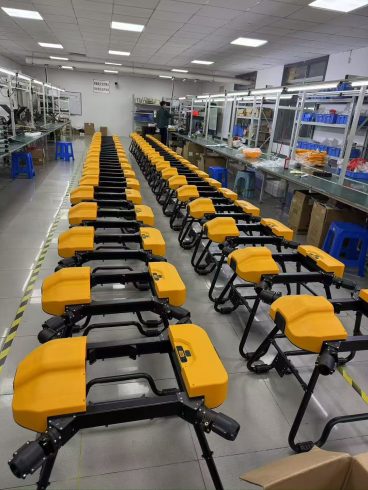



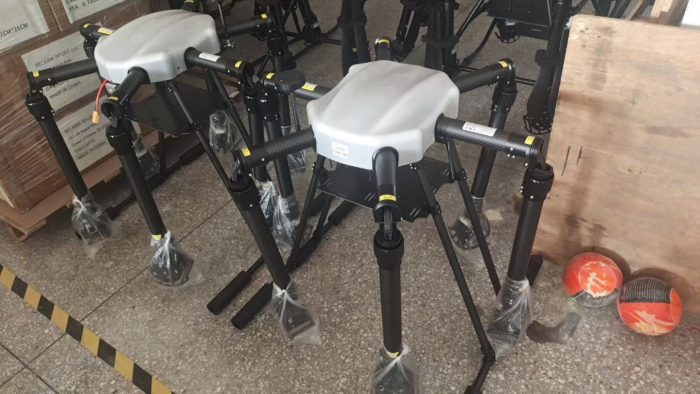
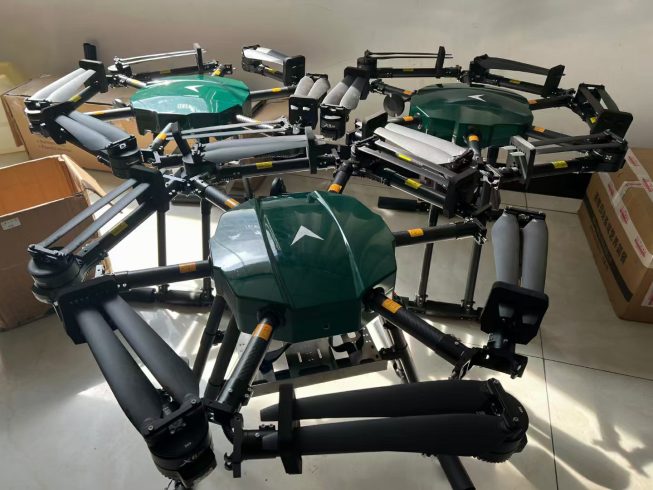
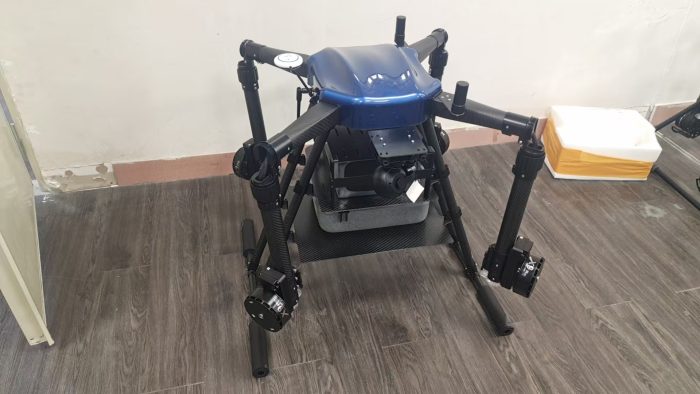

暂无评论内容